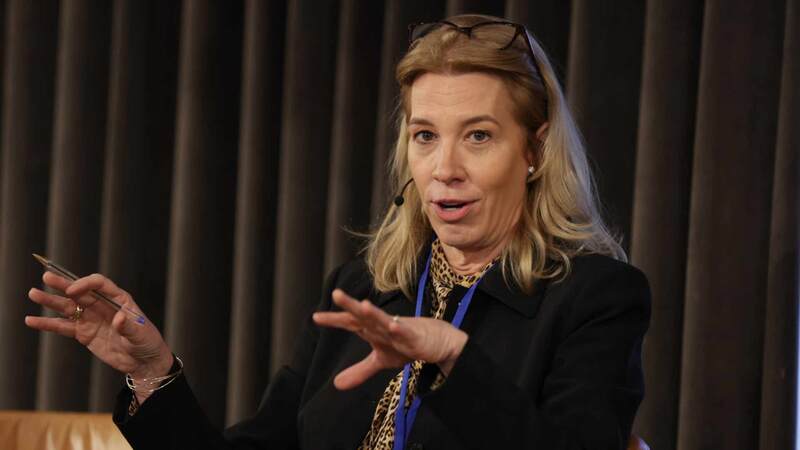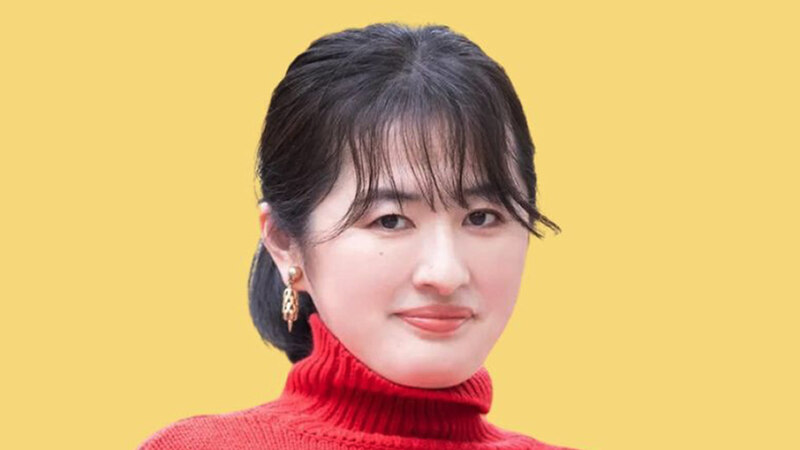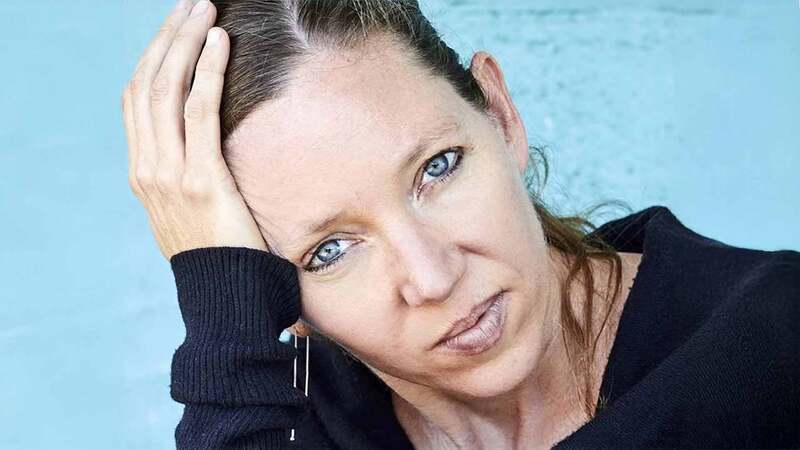You are viewing your 1 free article this month. Login to read more articles.
American Beauties
At the beginning of Jeffery Eugenides' rapturous 1993 novel, The Virgin Suicides, Cecilia, the youngest of the glorious and afflicted Lisbon sisters, slits her wrists, an act that presages the tragedies to come. "What are you doing here, honey?" a doctor asks her, after saving her with a transfusion. "You're not even old enough to know how bad life gets." "Obviously, Doctor," Cecilia replies, "you've never been a 13-year-old girl."
When I first read The Virgin Suicides, I remember having a complicated reaction to the line, which rang both utterly true and not quite right. The novel is set in the placid, affluent suburb of Grosse Pointe, Michigan, Eugenides' hometown, and also mine. It was a particular thrill to experience a novel that could put such shimmer on a place that, for me (as with most places we grow up in), was predominantly marked by feelings of tedium and of entrapment. Similarly, the dreamy, haunted evocation of Midwestern suburban girlhood felt so different from my own, the usual parade of peer turmoil, body angst, romantic mis-steps and boredom. It wasn't until I had long left Grosse Pointe and my girlhood behind that I was able to see that Eugenides' book isn't meant to chronicle the suburban girl experience. It's not about the Lisbon sisters at all: it's about the romanticisation of the sisters by the teenage boys around them. It's about the male experience of, and fascination with, the suburban adolescent girl. And, more broadly, it speaks to the persistent cultural myth of 'all-American girlhood', a myth that rests on impossible contradictions: virgin and sex object; body perfect and body doomed for self-destruction; golden girl and girl gone wrong.
The Virgin Suicides has always lingered with me, mingling with other rhapsodic – and frequently dark – reveries focused on beautiful, doomed suburban princesses: Rick Moody's The Ice Storm; the cheerleader fantasy that sparks tragedy in the film American Beauty; the murdered girls central to the mysteries of Alice Sebold's The Lovely Bones and the TV shows, Veronica Mars and Twin Peaks; even Sally Draper on TV's Mad Men. It's a path that stretches back at least as far as Lolita (and probably further, to the small-town beauties we find in F. Scott Fitzgerald and Theodore Dreiser). It's as if Cecilia is burdened not just by the challenges of Midwestern girl adolescence but by everything she's meant to inspire, evoke, uphold. To keep alive the idea of this lovely, fragile girl is to keep alive our (similarly fragile) ideas of ourselves.
For girls Cecilia's age, just peering into adolescence, into sexuality, life is big, frightening, tantalising and awash with conflicting messages – the very conflicting messages that animate the suburban world in which she lives. The American suburbs – particularly the Midwestern ones far from the sophistications of, for example, Rick Moody's Connecticut, with its proximity to New York – are places both scorned and glorified. They are central to the American self-concept but are depicted, over and over again, as bland, soulless places. Which, of course, they are not. We lift the lid off all those symmetrical homes and we see tragedy, beauty, pathos and joy. Isn't this true too of suburban girls? They are meant to behave well, look the same and live solely to fulfill an ideal, yet if we peeled away their smiling masks and peered into their heads and hearts, everything would look darker, richer.
Privacy, especially in the Midwest, is a religion. Most of the year, secrets can be sealed up in each suburban silo. In the summer, though, everything opens up, sounds echo through the quiet cul de sacs. Secrets are, sometimes quite suddenly, revealed.
I remember one such summer night as a child. Our neighbours were having a terrible argument that ultimately spilled into the driveway, just a few feet from our dining room. I remember hearing the wife shouting, crying. A bottle smashing on the concrete. And the alarming sense that all the rules had been broken. But also a powerful excitement. Life is happening here. Right outside my door. It was with that memory that I began my novel, The End of Everything. Set in the 1980s, it tells the story of Lizzie, a 13-year-old suburban girl, whose best friend, Evie, disappears. Though I don't name it, for me it's set in the Grosse Pointe summers of my youth. The endless days, the filling of hours before adulthood, before something finally happens. For Lizzie, the world is marked by a sense of constant expansion and contraction. Everything is forbidden for you – especially any subversive desires. For girls like Lizzie, though – much like the eye-to-the-peephole girls of Twin Peaks and Veronica Mars, who also play amateur detective to find a lost friend – the search is not just for a truth hidden behind the brick and shingles. It's for a way out of your own skin.
At that age, the promise of adulthood seems to be a perpetual taunt. Seen through screen doors, crawling through neighbours' lawns at night, 'real life' always seems to be beckoning, promising more. The danger of 'more', however, is the looming threat. For Lizzie and Evie, as for most 13-year-old girls, their curiosity outstrips their capacity to handle its consequences. They don't know their own power because it's not truly theirs – it's the power of what these Midwest princesses represent. They are not permitted to have desires, only to embody them. To move from object of desire to an active participant is impossible. Everything would come crashing down and, in so many of these stories, it does. Consider Laura Palmer and Lilly Kane, the blonde princesses whose deaths begin Twin Peaks and Veronica Mars. Both are forced to lead double lives to embody all these conflicting ideals. They serve as cheerleader girlfriends to the star athletes, good girls to the community, and sexual playthings to the powerful men with whom they carry on dangerous affairs. Post-mortem, they become beautiful ciphers, their secrets revealed only after they have destroyed them.
It is likely no coincidence that Laura Palmer, Lilly Kane and Angela Hayes in American Beauty are all cheerleaders: among all iconic forms of suburban American girlhood, the fresh-faced cheerleader is maybe the most powerful and potentially imprisoning. For my next novel, I immersed myself in this world, which is not one I knew. In the 1980s, cheerleaders shook pompoms, chanted and danced. Today, they are athletes and gymnasts but also daredevils, risking death to propel each other into the air above wood floors, the hard ground of a football field. And what you see on their face is jubilation, strength. It's a
balance they've struck. They look their part. They're giving us what we want – faces and bodies molded to doll-like perfection. And behind those masks lies a fearsome will. What we may be seeing in these acts of risk-taking, even recklessness, are girls itching in their own skin wanting to be something more than a dream, a symbol. Someone else's promise. They want to own their own selves, light and dark.
The End of Everything by Megan Abbott (Picador) is out today














